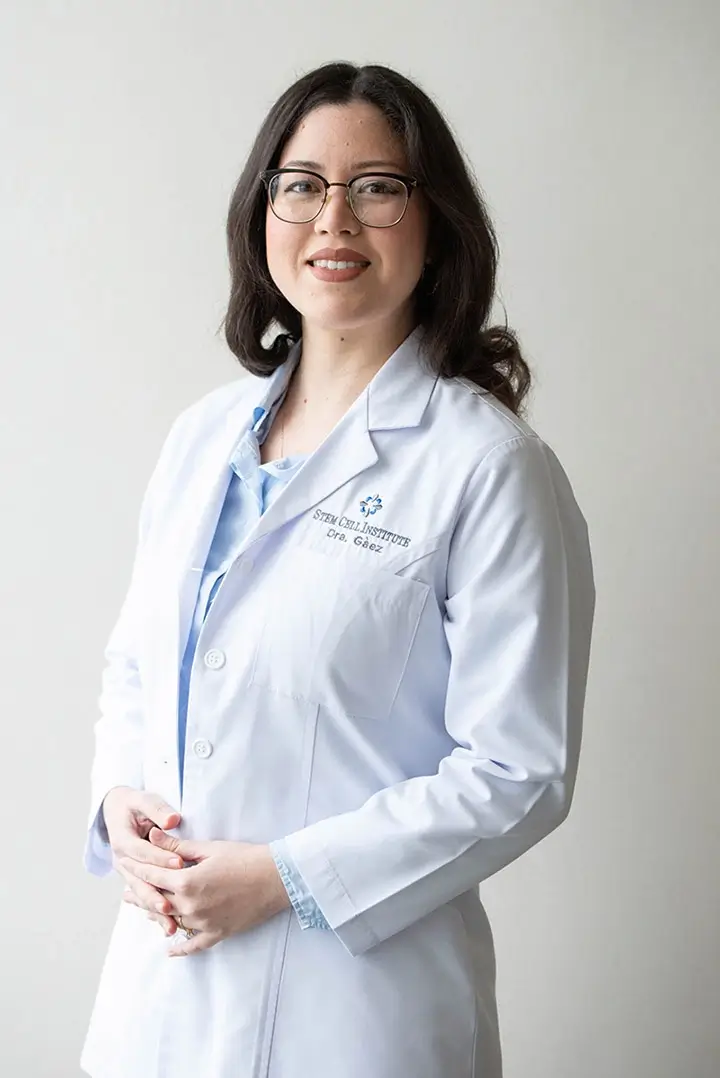Mike had an angioplasty, triple-bypass heart surgery. Inside him were four wires, two stents, a pacemaker and a defibrillator. He had apparently run out of options in battling heart disease.
“After the last stent, doctors told me there was nothing more they could do for Mike,” said his wife, Marion.
However, science delivered a response. At the Minneapolis Heart Institute which is part of Abbott Northwestern Hospital, the 70-year-old Mike became a recipient of experimental stem cell treatment in January.
Different from controversial embryonic stem cell research, the treatment uses Mike’s own stem cells. Earlier this month, saying the utilization of embryos to perform stem cell research amounts to murder, President Bush vetoed a bill that would have expanded federal funding of embryonic stem cell research.
Mike said his experience has strengthened his support of all stem cell research.
“Based on what has happened to me and based on what all the medical people have told us, this will be the real answer,” he said. “Just think of the possibilities Parkinson’s, Alzheimer’s, diabetes, spinal injuries.
“It’s not to make us live forever. It’s so we can feel better when we are living.”
Mike feeling healthier is not as apparent as black-and-white. The answer is truly in color.
Looking much like a weather map does with heavy storm activity; Mike shows colored images of his heart at his Riverside Park home. The dissimilar colors show the health of the different areas of his heart. Pink areas are the healthiest and brown areas are the worst.
Before his January treatment the map only displayed a hint of pink and a big brown area. At his recent six-month checkup, the brown has all but vanished and practically a third of his heart is fully pink.
The map confirmed what he already knew. “I have more stamina,” he said. “I just feel better.”
He knew his results were good for another reason, too. He was asked to offer a testimonial about the experimental research. His words and full-page photograph grace the professional brochure the institute uses to seek donations.
“I figured it was working because they wouldn’t ask a guy who wouldn’t be around when the brochure came out,” he said.
Mike’s treatment took only a few hours and one overnight stay, which was of no cost to him because the procedure is experimental.
The treatment had bone marrow cells drawn, treated and then injected into 15 ailing portions of the heart. The presumption, according to lead researcher Dr. Tim, is that bone marrow cells stimulate the growth of blood vessels. The researchers also use stem cells to grow new muscle in the heart in a similar study.
Mike has an enlarged heart that wasn’t getting adequate blood. More vessels improve the blood flow in the heart, thus making it healthier.
“Mike had blockages that you couldn’t fix with bypass or angioplasty,” Henry said. “Whenever he does any work, he has shortness of breath or pain.”
With Mike’s results just one example of the success, the doctor said the research looks promising. Although Tim said the research is “cutting edge,” the theory is quite simple.
“We’re constantly repairing our own body, whether it’s our blood vessels, skin or liver,” he said. “So using our own cells, this is the natural way that the body rebuilds itself.”
As a poster boy for cutting-edge science, Mike feels odd. After all, he’s lived a life of routines. For 37 years, he’s lived in the same home. He has moonlighted the last 25 years as a public address announcer at high school hockey games. He worked 36 years as a post office carrier before retiring in 1993, partly for health reasons. He and Marion are a week shy of their 52nd anniversary.
He’s widely known as a practical joker and someone whose happy, optimistic persona spreads cheer. He spends much of his retirement following his three granddaughters in their year-round athletic pursuits.
“Being part of this research is like winning the lottery,” he said. “What a lucky chance I got. I am just going to continue on like a ball of string unwinding into the future.”
He has lofty praise for his local doctors. He feels equally lucky with his other medical treatment in Grand Forks since the 1987 heart attack suffered while delivering mail.
“There’s always been some new procedure, new medication or new idea for me,” he said. “I’ve never had a bad experience in a hospital. I’ve always looked forward to going to my doctor appointments.
“When I went to the hospital in Minneapolis, I figured they’d fix me up again. And they did.”
So, he doesn’t require catnaps as before. For the first time in at least five years, he is mowing the lawn. A struggle to walk across his lawn before, he can now walk a mile without discomfort.
“But I don’t go dancing,” he said. “Of course, I never did.

